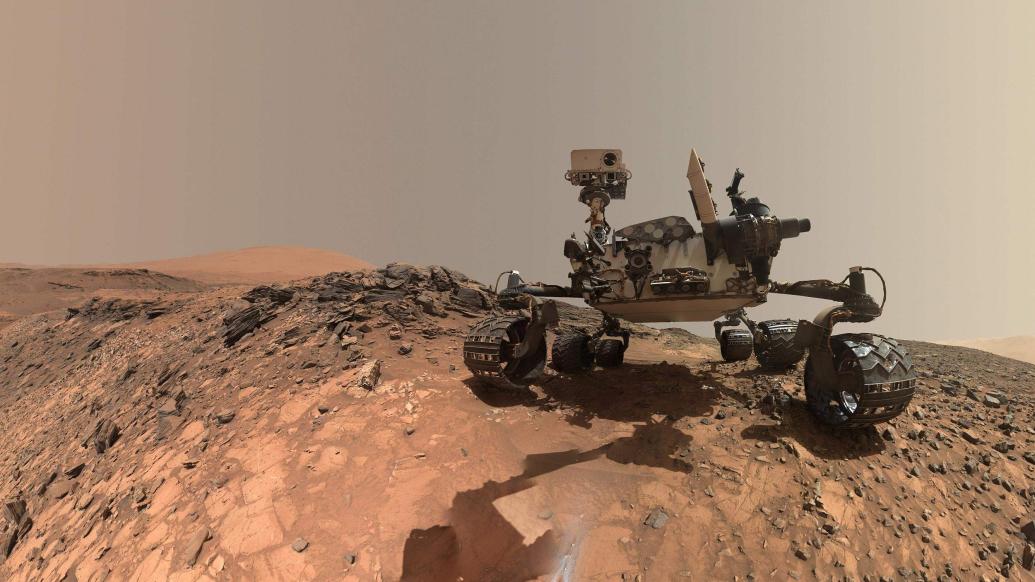

"Curiosity" Mars Rover Visual China Data Map
On February 22, a paper published in "Nature-Communications" pointed out that the scientific instruments currently deployed on Mars may not meet the sensitivity to detect possible signs of life in the Martian environment.
The title of the paper is "Dark microbiome and extremely low organics in Atacama fossil delta unveil Mars life detection limits."
Corresponding author is Armando Azua-Bustos, a research scientist at the Center for Astrobiology Research (CAB) (CSIC-INTA) in Madrid, Spain, and the Institute of Health Sciences, Institute of Biomedical Sciences, Universidad Autonomous de Chile, Santiago, Chile. Azua-Bustos).
Humans have been trying repeatedly to find signs of life on Mars since the launch of the "Viking" mission in the 1970s. Now, half a century later, NASA's Curiosity and Perseverance rovers can only detect simple organic molecules in low amounts.
These results raise questions about whether the state of the art of current equipment, or the properties of the material inside Martian rocks, are limiting our ability to find evidence of life.
Armando Azua-Bustos and colleagues tested instruments sent to Mars, using them to analyze samples from the Red Stone.
"Redstones" are the fossilized remains of sediments located in a river delta in the Atacama Desert in Chile, South America. The deposits formed under extremely arid conditions 160-100 million years ago and have similar geology to the Jezero crater that Perseverance is studying on Mars.
Using highly sensitive laboratory techniques, the authors found mixed biosignatures of extinct and living microbes in the "redstone". The results of microbial culture and gene sequencing showed that many of these DNA sequences came mainly from unidentified "dark microbiomes", most of whose genetic material came from never-before-described microorganisms. However, the detection instruments in service on Mars can hardly detect the above-mentioned "molecular fossil" features.
If life did exist on Mars billions of years ago, there would have been low levels of organic matter, and the findings suggest that such low levels of organic matter would be difficult or impossible to detect with current techniques on Mars. The authors stress the need to bring the samples back to Earth, so that the final conclusion on whether life ever existed on Mars can be drawn.